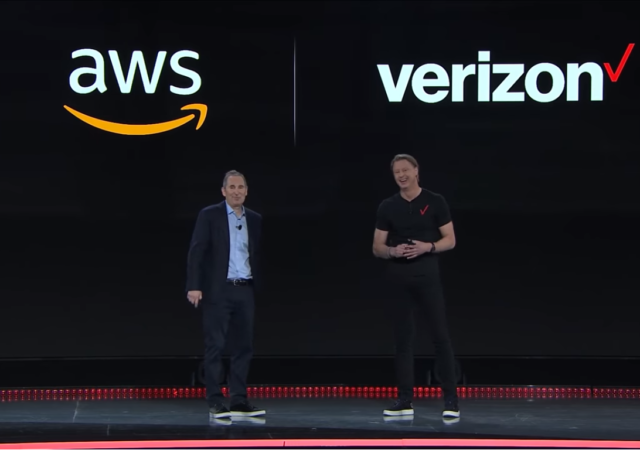Blockchain technology has caught the world by storm really. From cryptocurrency and security, the application of blockchain is plenty. It could revolutionalise businesses in the modern world though.
Amazon Partners With Verizon for 5G Edge Computing with AWS Wavelength
5G is fast becoming the norm in the tech industry as more countries see the rollout of their own 5G networks. Back at AWS re:invent, Amazon Web Services made a significant announcement, in partnership with Verizon, which made it the…
Be A Maestro with AWS DeepComposer
You would think that when it comes to making compositions and music, you’d need a really good ear and knowledge of the arts. Not so much with Amazon Web Service’s new AI (Artificial Intelligence) service focused on creating musical pieces…
Going Digital Isn’t Just About Technology; It’s About Changing Mindsets
The world is abuzz with a massive change in the way things are working when it comes to companies. This change is spurred by the introduction of many technologies which have revolutionised and fundamentally changed how things are done. Perhaps…






